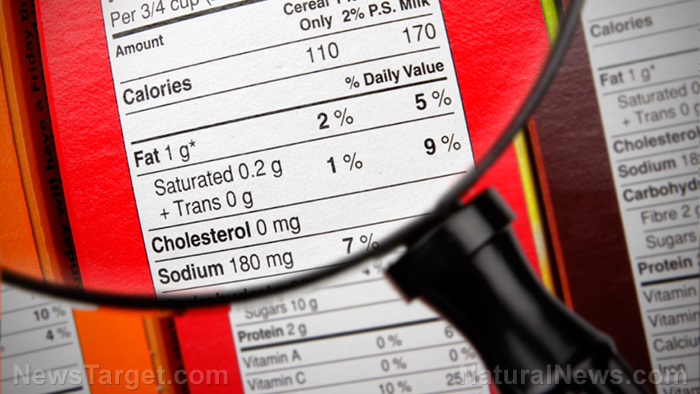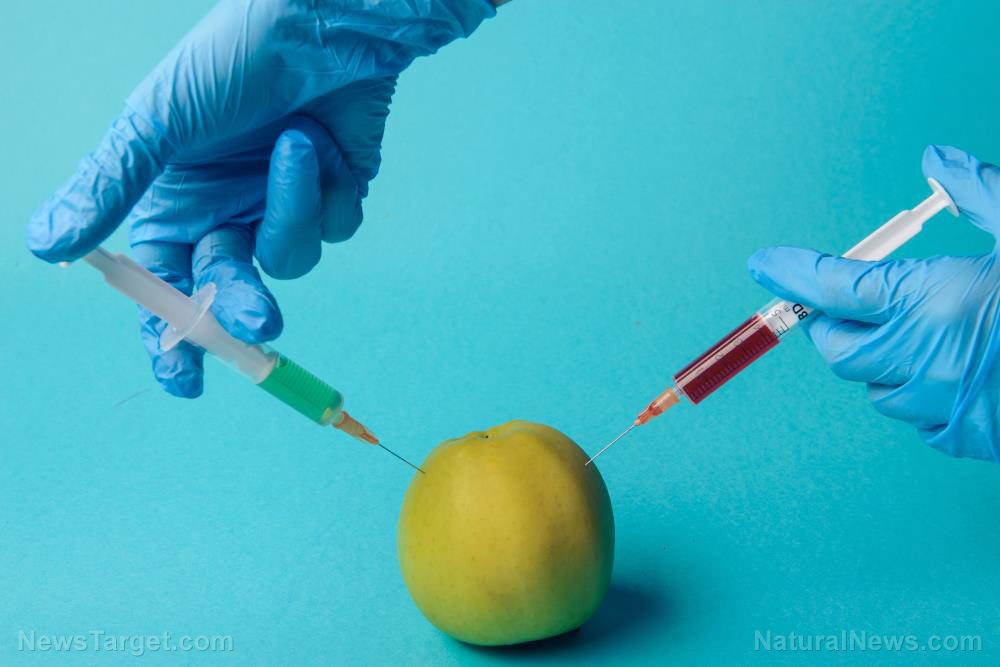
The informative study, which was conducted by researchers from the Friedman School of Nutrition Science and Policy at Tufts University, was published in the American Journal of Preventive Medicine.
Reviewing food labels
In the Food Policy Review and Intervention Cost-Effectiveness (Food-PRICE) systematic review and meta-analysis of interventional studies, the researchers determined the effectiveness of different types of food labels. They found that while these approaches can influence some targets for both consumer and industry behavior, they are not always effective.
The researchers reviewed 60 interventional studies that were made up of two million unique observations. The data included consumer-reported dietary intakes, purchases, and sales receipts that were published from 1990 to 2014.
Dr. Dariush Mozaffarian, the senior author of the study and dean of the Friedman School, said that a lot of old and new food policies focus on the labeling on food packages or restaurant menus. But the effectiveness of these labels in changing consumers' choices or industry product formulations remain unknown.
The study revealed new information on what might work, and what might not, when implementing food labeling.
In a pooled analysis of studies that focused on food labeling on menus, product packaging, or other point-of-purchase materials (e.g., placards on supermarket shelves, etc.), the scientists discovered that labeling reduced consumers' intake of calories by 6.6 percent and total fat by 10.6 percent. Labeling also reduced other unhealthy food options by 13 percent and increased consumers' vegetable consumption by 13.5 percent.
On the other hand, the effect of food labeling on consumer intakes of these other targets wasn't as significant:
- Fruits
- Whole grains
- Other healthy options
- Saturated fat
- Total carbohydrate
- Total protein
After evaluating industry responses, the research team found that labeling helped reduce both trans-fat and sodium in packaged foods by 64.3 percent and 8.9 percent, respectively. They added that labeling had no significant effects on the industry formulations of the following:
- Dietary fiber
- Other healthy components (like protein and unsaturated fat)
- Total calories
- Saturated fat
- Other unhealthy components (like dietary cholesterol, sugar, and total fat)
The researchers added that only a handful of studies have analyzed these endpoints.
Mozaffarian said that for industry responses, it was interesting to find that the two altered components, namely trans-fat and sodium, were additives. This implied that the industry could now easily change additives instead of naturally occurring ingredients, such as calories or fat, when labeling products.
The research team posited that the same could be done to added sugar, which is a recent addition to the Nutrition Facts Panel on food labels in the U.S. (Related: Hidden sugar: Food companies disguise its presence with these deceptive practices.)
The researchers also studied the effects of label type, placement, and other characteristics. They reported that label placements or other factors had no consistent differential effects. This could suggest that the general presence or absence of information could be more relevant to consumers and industry than the specific type of food labels.
General guidance for terms in food packaging claims
It can be confusing to remember the different terms used in food products. Use the quick guide below to determine the nutrient content of certain items.
- "Free" means an item has the least possible amount of a certain nutrient.
- "Very Low" and "Low" means the item has a little more than other items labeled "Free."
- "Reduced" or "Less" means the item has 25 percent less of a certain nutrient than the regular product.
- "Added," "Enriched," "Extra," "Fortified," "More," or "Plus" means that the item has 10 percent or more of the Daily Value (DV) than the regular item. However, this can only be used for dietary fiber, minerals, potassium, protein, and vitamins.
When buying food products, choose organically grown produce and avoid junk food that contains additives and added sugar. Read Ingredients.news for more specific news coverage of food ingredients.
Sources include:
Please contact us for more information.






















